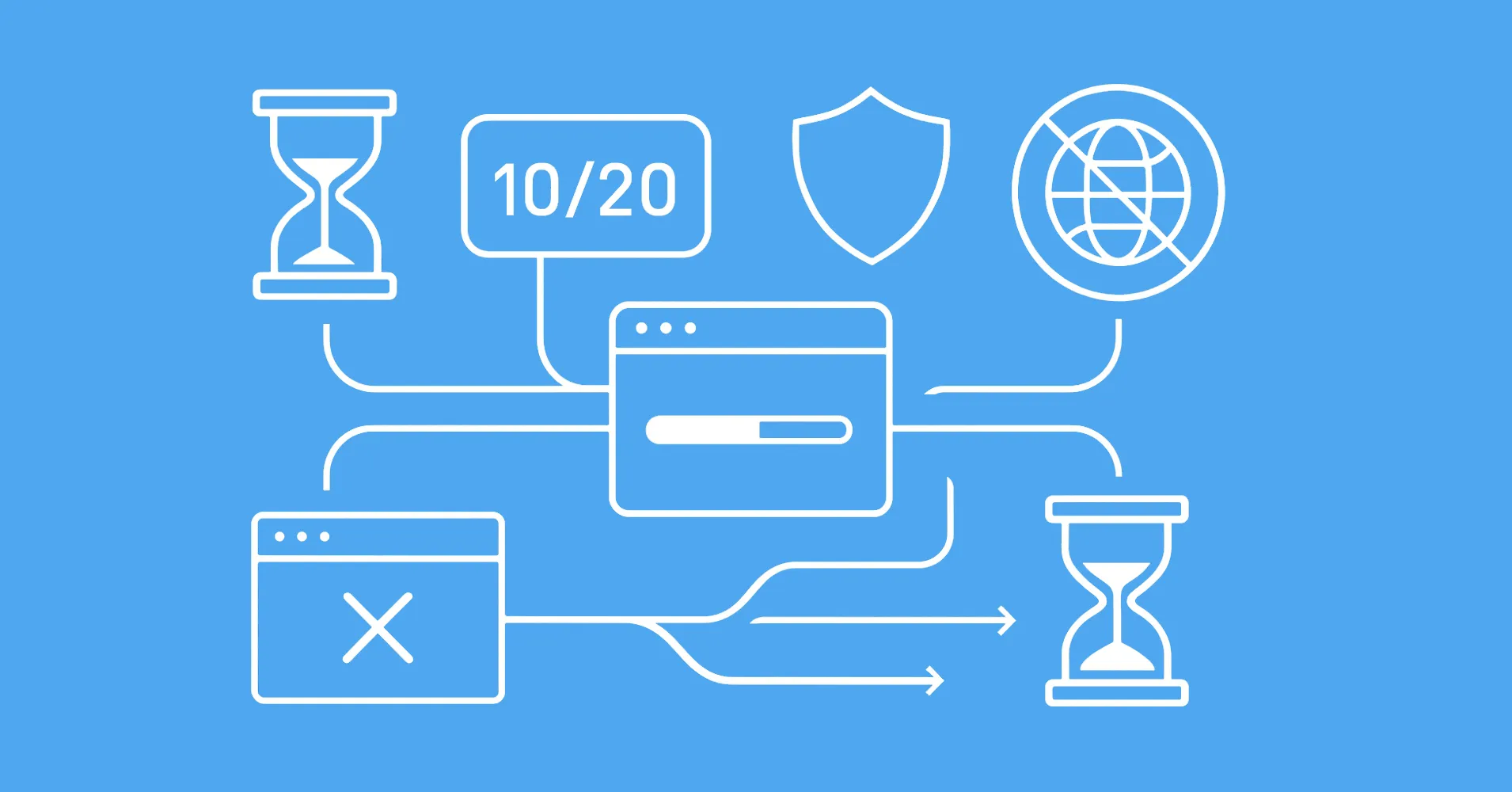Javascript's axios is a popular HTTP client often used when web scraping with nodejs.
To use proxies with axios we can use the proxy parameter in get and postj methods:
const axios = require('axios'); axios.get('https://httpbin.dev/ip', { proxy: { host: "160.11.12.13", port: "8080", auth: { username: "username", password: "password", } } }) .then((response) => { console.log(response.data); }) .catch((error) => { console.error(error); }); Note that axios does not support automatic proxy use through terminal environment variables HTTP_PROXY, HTTPS_PROXY or ALL_PROXY.
Axios also does not support SOCKS proxies directly but it can be enabled through socks-proxy-agent library:
const axios = require('axios'); const SocksProxyAgent = require('socks-proxy-agent'); const proxy = 'socks5://localhost:1080'; const httpAgent = new SocksProxyAgent(proxy); const httpsAgent = new SocksProxyAgent(proxy); axios.get('http://example.com', { httpAgent, httpsAgent, }) .then((response) => { console.log(response.data); }) .catch((error) => { console.error(error); }); Finally, when web scraping, it's best to rotate proxies for each request. For that see our article: How to Rotate Proxies in Web Scraping





